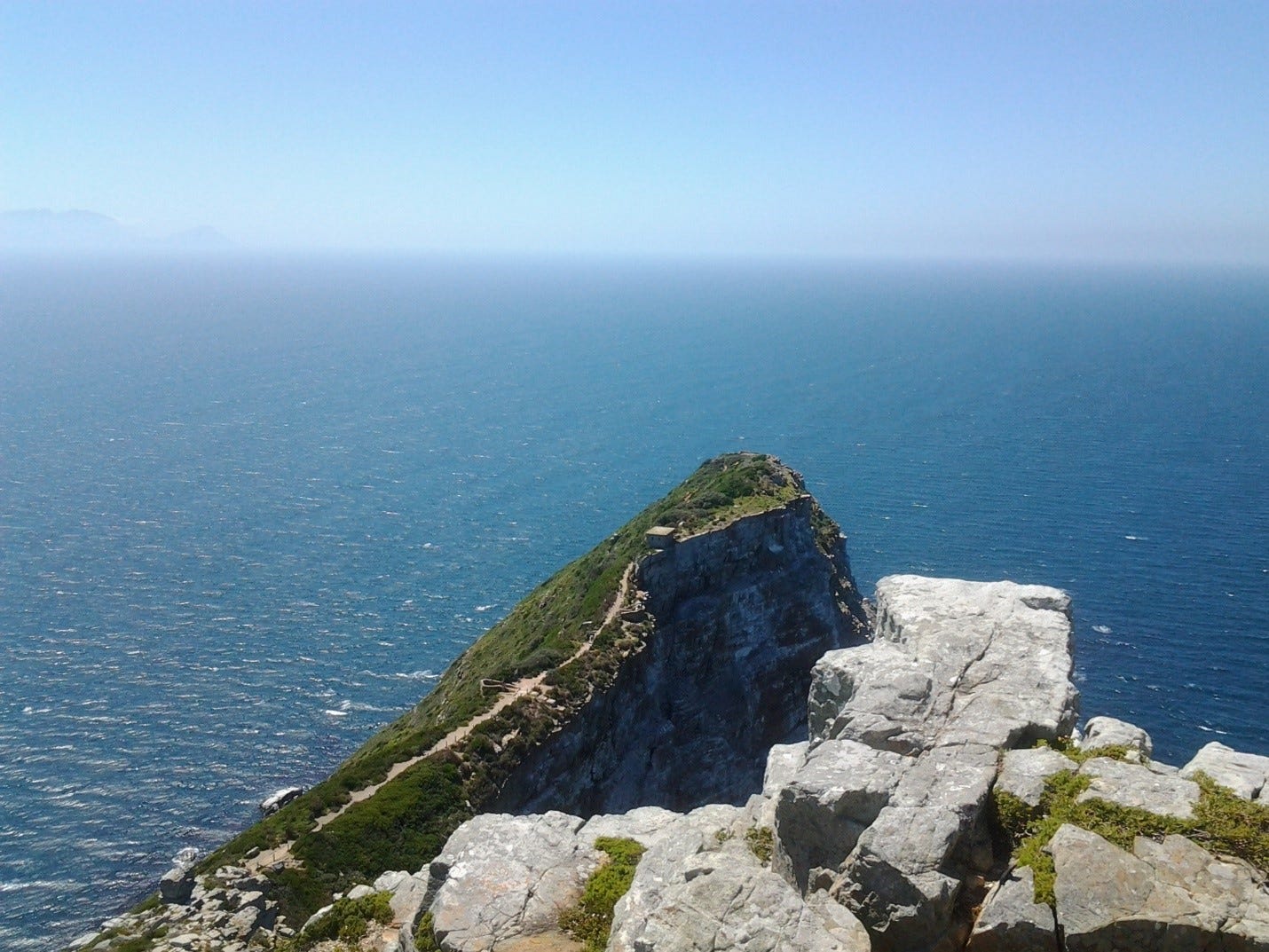Here are two aspects in which global trade systems are being changed significantly by current conflict events. The Financial Times has called them ‘Global trade shudders’.
1. North Korea – Russia trade
A previously quiet and relatively unknown pair of ports have sprung into life – Najin in North Korea and Dunay in Russia (see map). It is thought that they are linked to a burgeoning trade in arms destined for the front-lines in Ukraine that is simultaneously bolstering the struggling North Korean economy. Satellite imagery of Najin port taken from October to December shows a steady stream of ships at the facility, hundreds of shipping containers being loaded and unloaded, and rail carriages ready to transport goods.
The USA has accused North Korea of sending munitions to Russia, which the latter denies.
2. The Red Sea
[See also my post just before Christmas: https://dredfern.substack.com/p/global-shipping-choke-points]
The actions of Houthi rebels and Somali pirates in blocking the trade route through the Red Sea poses a threat not just to shipowners, but also to the global economy, the latter just recovering from the inflationary supply shocks associated with the COVID-19 pandemic.
Five of the world’s largest shipping firms have announced they are redirecting their container ships away from the Bab al Mandab Strait. This strategic waterway through which ships must pass on their way to the Suez Canal handles more than 10% of global shipping commerce, including 20% of all container-shipping.
Traffic through the Red Sea has already fallen by 35%. Ships can now opt to travel along the longer, safer route around the Cape of Good Hope in South Africa (see photo). [Note this is NOT the southernmost point in Africa, which is Cape Agulhas.] The actions by the Houthis have increased the cost of shipping globally, imposing additional costs. These additional costs to shipping commerce have come at a time when the low-water-level troubles of the Panama Canal [featured in a previous post Issues facing the Panama Canal and world trade. (substack.com) ] have already made global shipping more complex. If the Houthi ‘blockade’ continues and the El Niño weather phenomenon draining the Panama Canal of water perpetuates, costs to consumers and the economic impact on local states will be considerable. Panama and Egypt depend heavily on revenues from canal traffic.
Photo 1. The Cape of Good Hope
(with the land that becomes Cape Agulhas in the distance to the left)
Photo: David Redfern





